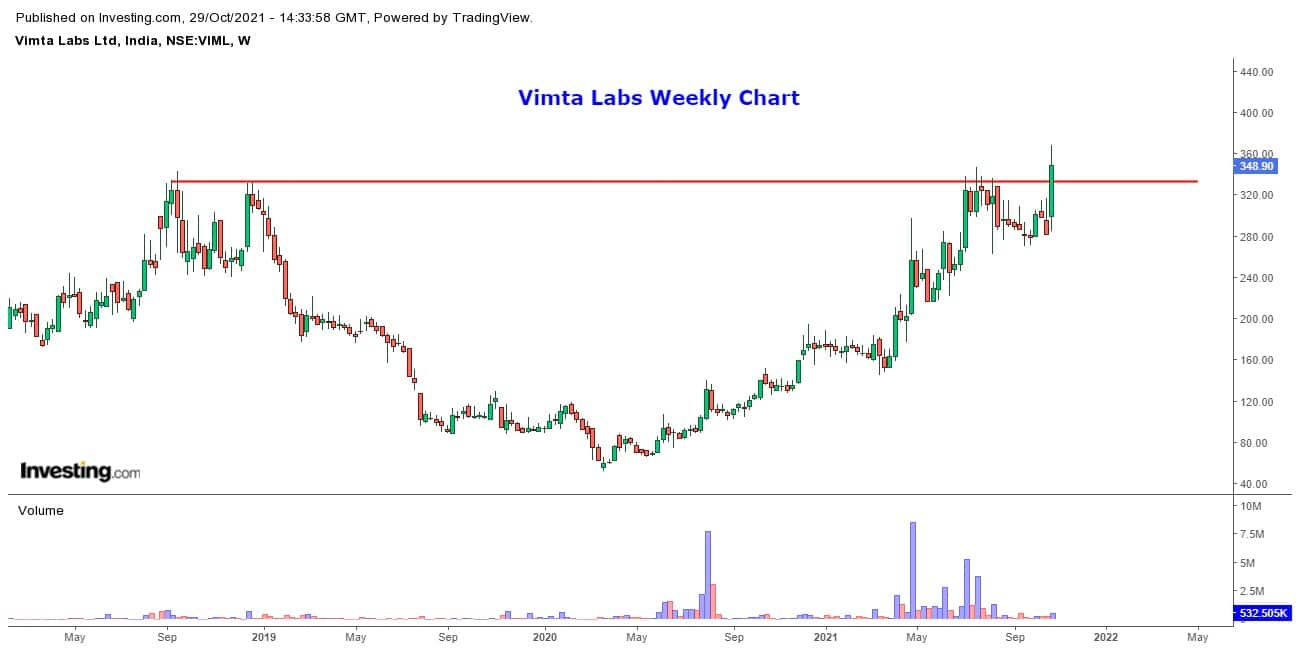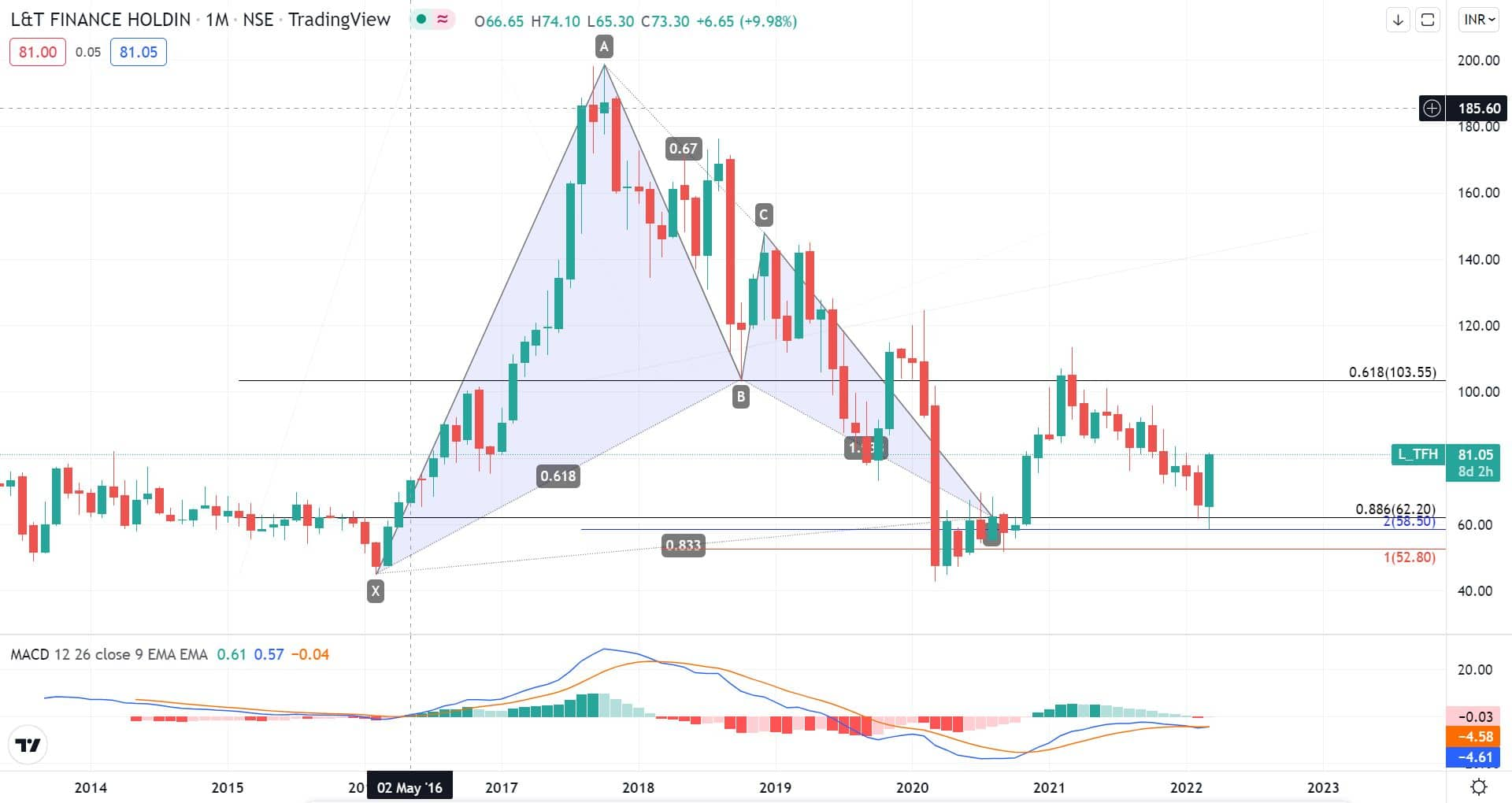
Shubham Agarwal
It is almost two decades since the Options have been around. I have had a pleasure of trading this wonderful instrument almost of all of its life in Indian markets. The understanding of options became a lot clearer after a few jolts.
The jolts came from the impact of the then little-known major factor affecting options of Time. I held my options for too long and ended up with almost no money despite the movement in the underlying index.
Willingness to pay just a little money pushed me to trade into way too higher strike Calls/lower Puts. Later, I learnt that due to low sensitivity of such farther strike options, we do not get the absolute returns we are looking for. For example, the index moved up by 100 points but my call option was up just by Rs 6-8.
Such experiences are often part of an option trader’s starting trading stint. However, what helped me was to resort to Option Strategies, also known as Option Combinations.
Option strategies are the simultaneous, and often mixed, buying or selling of one or more options that differ in one or more of the characteristics. Here, characteristic means type of option (Call/Put), expiry date and the most common different characteristic of strike.
More often than not, mixing both Call and Put or having multiple expiries in a single strategy would allow us to take trades that aim to be a play on volatility in the underlying and not the direction. For now, let us start with restricting our focus on directional strategies.
Objective here is to get as little impact as possible from factors negatively affecting our option trade with the help of Options Strategy. Let us list some difficult situations and see which strategy can help us get rid of most negativity.
1. Long Holding Period or Time: As we all know passage of time hurts the option trades the most. In case the directional move does not come, and a day passes by, there is a visible impact on premiums of our options bought.
For any directional option trade that is expected to be held for more than 2 days (calendar not trading days), convert the Option Buy trade into Option Spread.
Strategy: Buy 1 Lot Call/ Put (Close to Current Market Price) + Sell 1 Lot higher Call/ higher Put (Close to Price Objective)
This will restrict your profits but it will definitely improve your profitability (premium earned vs premium paid) over a few days
2. Lower Sensitivity Options for longer duration: There are many trades where we buy a farther Call/Put since we have lower conviction. This is to make sure that if we are proven wrong, there is very less amount of money at stake. This is absolutely fine.
But, this trade will equally compromise our profit potential as well. A lot of traders here resort to a Ratio Strategy.
Strategy: Buy 1 Lot Call/ Put (Close to Current Market Price) + Sell 2 Lots higher Call/ higher Put (strike or two farther than Price Objective)
This will end up reducing our net premium outflow. With passage of time, it would create profits due to time value decay in 2 options in total being slightly more than the one bought.
This strategy over a period of time would pay off, with profits if proven right or with limited loss if proven wrong.
Since we have sold 2 options, here it is essential to define Absolute Stop Loss. Now, the maximum that we can make out of this ratio strategy is the difference between the bought strike and sold strikes minus the premium paid.
Absolute stop loss can be half of the maximum profit. Keep monitoring the trade and exit the trade with discipline if we end up seeing loss = Absolute Stop Loss.
PS: Ratios are generally preferred in rather quiet, consolidating markets where such violent moves are not expected
3. Options for Positional Trades: Finally, such option trades where we have a positional view of 7-10% higher/lower price objective. While, single option buy could give us decent reward compared to risk, the premium outflow could be too much. Spread and Ratios may not be most attractive considering the price objective because farther strike Options that we would want to Sell may not command so much premium.
Solution: Out of the money Butterfly Strategy. Out of the money means Higher Strike Call and Lower Strike Put options.
Strategy: Buy 1 Lot higher Call/ lower Put (couple of strikes farther than the current market price) + Sell 2 Lots higher Call/ lower Put (Close to Price objective) + Buy 1 Lot even higher Call/ lower Put (Keeping difference in all 3 strikes Bought/Sold and Bought same).
The cost of Butterfly is generally extremely low. Maximum Profit is the Difference between the bought and sold strikes minus the premium paid.
No stop loss, no time monitoring. Simply wait for the price objective to be attained. It will get sweeter as we move closer to expiry. Nonetheless, the worst is the price objective being attained in a few sessions. Even in that case, there would still be profit.
Remember to book profit when you achieve the price objective as the strategy starts losing money if the underlying expires beyond the farthest bought strike. The loss at any time will not be more than the premium paid though.
Once we understand this, it is always advisable to review these strategies on Option Pay-Off tool (with any option analytics software) before executing. This will help us know what our profit/loss could be across time and price.
These were some of the most popular directional strategies. They have helped me in optimising my option pay-off over the years.
Disclaimer: The views and investment tips expressed by investment experts on Moneycontrol.com are their own and not that of the website or its management. Moneycontrol.com advises users to check with certified experts before taking any investment decisions.


